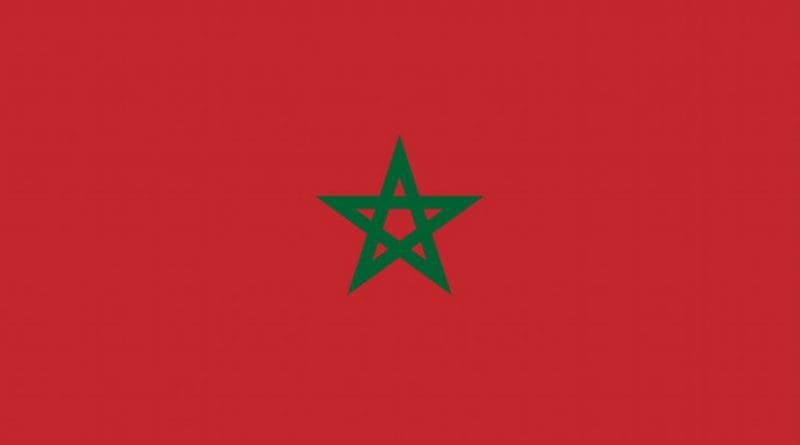Morocco: Police Unravel Terror Plot
By Magharebia
By Mawassi Lahcen
Security forces are still searching for members of the “Mujahideen Movement in Morocco”, a sleeper cell suspected of planning to assassinate Moroccan diplomatic figures, commit armed robbery and destabilise the country.
On Saturday (May 11th) the National Brigade of the Judicial Police (BNJP) in Casablanca revealed details of the investigation and displayed a recently-seized weapons cache to media.
The weapons, including pistols, machine guns and ammunition, were found hidden in agricultural estates used by the terror group near the city of Tiflet, north of Rabat, and Sebaa Ayoune, near Meknes, an interior ministry statement read.
The arms were smuggled into Morocco and hidden by members of the Mujahideen Movement in Morocco, many of whom were arrested during a BNJP raid on May 4th. The home-grown terror cell was planning to carry out attacks according to the statement.
The weapons are believed to have been hidden in 2003 by members of the cell who managed to escape Moroccan security forces after the May 16th, 2003 terror bombings in Casablanca. At this time, police disrupted the ‘Mujahideen Movement’ and arrested many of its members, including the group’s emir, Mohamed Nakaoui, BNJP head Abdelhak Khayyam said.
Before the latest raid on the cell, Moroccan security had been tracking members for several months, gathering intelligence on the group before making their move and thwarting their re-awakened criminal plans, Khayyam said.
Thus far, police have detained 15 people, but the search for additional terrorist elements is still underway, he said.
As well as weapons, police found the grave of one of the leaders of the ‘Mujahideen Movement in Morocco’ whom police had been searching for. The leader, referred to as only ‘AB’, apparently died of cancer and was buried secretly on one of the estates raided by the police.
The terror group was already making headlines with last week’s prison transfer of Nakaoui, who has been serving a 20-year sentence since his arrest for his part in the Casablanca attack. The terror leader was transferred from Tangier to Casablanca prison so that authorities could investigate him on the recent terrorist activity.
Researcher Abdellah Al-Rami, who specialises in Islamic groups, explained that Nakaoui issued a statement in March 2011 in the wake of the Arab Spring.
Al-Rami did not rule out that this statement was a clarion call that awakened sleeper cells of the Mujahideen Movement in Morocco and ordered them to exploit the protests last year, especially those of the February 20 Movement.
He added that the Arab Spring constituted a test of the seriousness of revisions announced by the group of leaders of radical Islamic movements in Morocco.
“‘We have seen how many of these leaders revealed their true intentions, believing that the Arab spring was taking the regime by storm,” Al-Rami said. “They sought to have them present at protests on the street and they attempted to take over these protests and direct them to their advantage.”
“Some detainees who denied any relationship with the Salafist jihadist cells appeared at this stage as leaders of these cells and have made clear their intentions and goals of destabilisation and overthrowing the government,” Al-Rami said.

